I had a nice project in mind, which I will probably not going to do because of a lack of time, but I had some theoretical problem I faced there, which still bother me and might be interesting for you too.
I have a data from an animal, which moves in a discrete way. It move for few frames and then stop for few frames and keep going.
I have the distances between each successive frames of the tip of the tail of the animal. For example if we had 5 frames, I have a list of length of 4, the first value is the Euclidean distance between the tip of its tail in the first frame to the tip of the tail in the second frame, the second value is the distance between the second frame and the third frame and so on..
I believe when the animal is moving the distance is greater then it stays in the place (There is no affect of a dog wagging its tail) and I have an assumption that a movement, and the inter bouts interval are longer then a single frame. Units of movement are irrelevant of course.
Given that signal I wish to tell in which frames was the animal moving. Let examine a plot for example:

My first attempt was to use a Gaussian filter, this would look roughly like this:

Now taking a median as a threshold might work, but looks like it can leads to some bad decisions, like the last 2 bouts might be separated, might be not. Looking in the original graph make me think they are separated. I am not sure this method is getting the best from it.
What do you think? any ideas? Sorry for my English.. I believe a suggest to correction will arrive right away :)